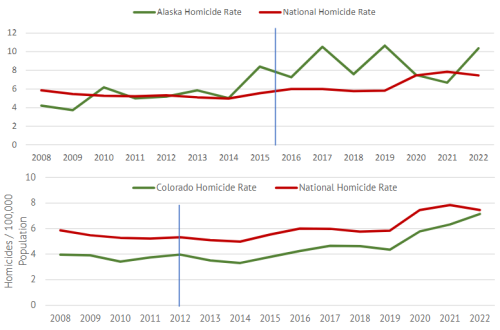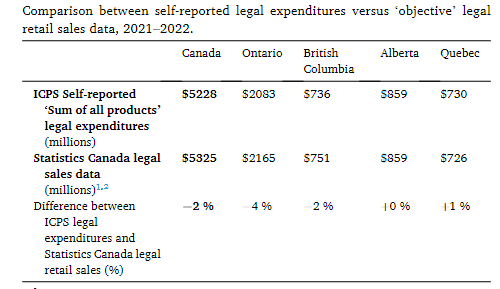Drug Policy Question of the Week – 7-30-12
As answered by Mary Jane Borden, Editor of Drug War Facts for the Drug Truth Network on 7-30-12. http://www.drugtruth.net/cms/node/3945
Question of the Week: As a multiple part series on drug control models, the question for this week asks, What is prohibition?
The King County Bar Association Drug Policy Project in 2005 termed a “strict prohibition model” as one in which,
“proscribed drugs and their use are subject to control by the criminal justice system and only complete abstinence is permissible under the law.”
A 2006 article in the NYU Journal of International Law and Politics preferred the term “Punitive drug prohibition,” which referred to,
“policies that rely on penal sanctions (incarceration) to punish those who use ‘illicit” drugs,’”
The article went on to agree that,
“The basic assumption of punitive drug prohibition is that it is possible to attain a society free from illegal drug use.”
The primary objective of prohibition as a drug control model is therefore “use reduction” or “prevalence reduction.” According to the KCBA,
“…the eventual goal [is] eliminating all illegal drug use. The possession of “soft” drugs, such as marijuana, is either a criminal or a serious civil offense and possession of “hard” drugs, such as heroin or cocaine, is always a criminal offense. Distribution and manufacturing are always punished even more severely.”
But prohibition hasn’t worked. The famed Global Commission on Drug Policy acknowledged that prohibition as a drug control system has,
“degenerated into a war on users, farmers and petty traders. The excessive negative consequences and negligible effectiveness have now been broadly acknowledged and a process of de-escalation is in full motion in many places.”



